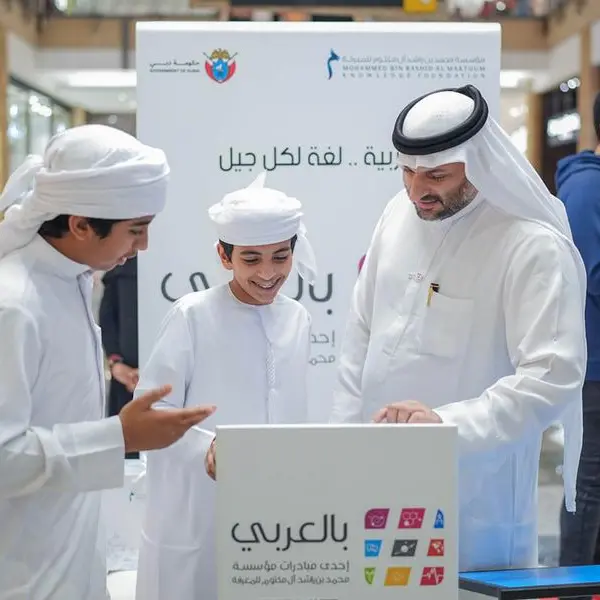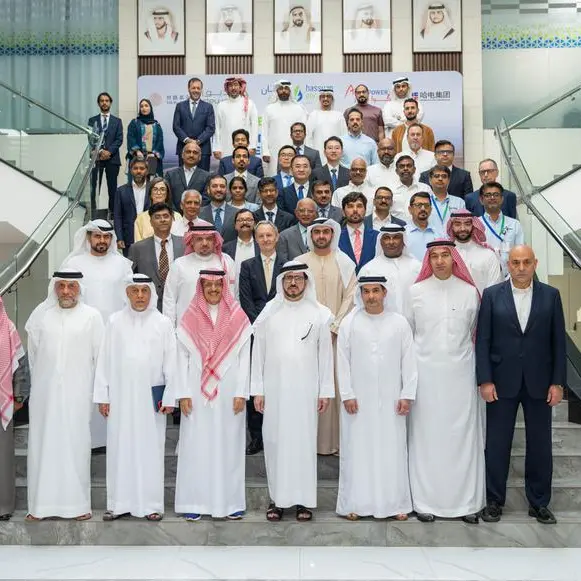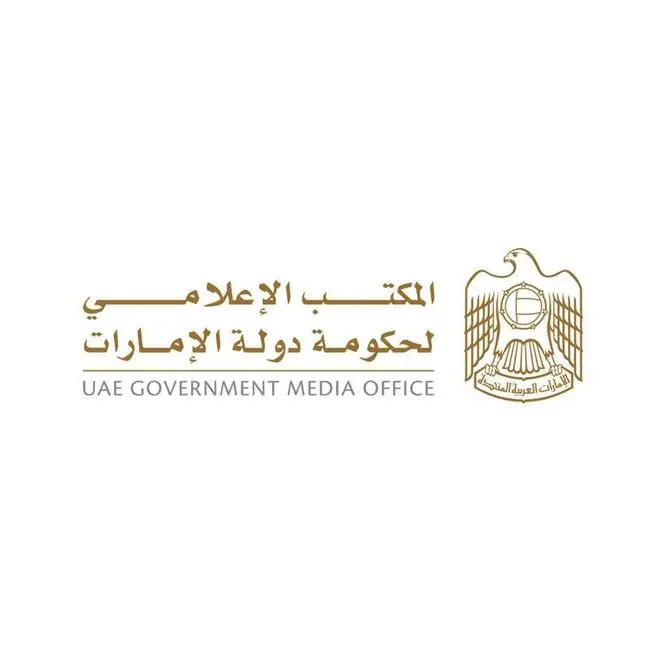Tanzania stands to benefit enormously from expanding women’s economic opportunities, especially in terms of access to land and productive assets, according to the latest World Bank economic analysis for the country.
The 17th Tanzania Economic Update, “Empowering Women: Expanding Access to Assets and Economic Opportunities,” shows that bridging the gender gap in agricultural productivity in Tanzania could lift approximately 80,000 citizens out of poverty every year while increasing annual agricultural output by 2.7 percent and boosting annual gross domestic product growth by 0.86 percent. Eliminating the gender wage gap could have significant effects on household welfare.
“The expansion of women’s economic opportunities has contributed to Tanzania’s sustained growth over the past 20 years, which recently culminated in its transition from low-income to lower-middle-income status,” said Mara Warwick, World Bank Country Director. “However, more can be done to enhance women’s ability to realize their full economic potential and play a pivotal role in supporting an inclusive and resilient post-crisis recovery.”
The economic update shows that Tanzania has made important progress in several areas. The female labor-force participation rate rose from 67 percent in 2000 to 80 percent in 2019, well above the average of 63 percent for Sub-Saharan Africa, and among the highest on the continent. Moreover, a large share of Tanzanian women are now salaried workers, and the ratio of women to men in jobs paying wages and salaries rose from 0.35 in 2000 to 0.64 in 2019. Meanwhile, the share of women engaged in unpaid agricultural work fell from 78 percent in 2004-05 to 64 percent in 2015-16.
The report authors, however, note that Tanzania’s large and persistent gender gaps in agricultural productivity, wage rates, the business environment, access to land, home ownership and financial services continue to slow economic growth. Amid the COVID-19 pandemic, female businesses were hurt more than male-owned businesses, with preliminary data from June-July of 2021, suggesting that 58 percent of male household members were working, compared to 42 percent of female household members.
The authors identify several persisting constraints for women along with actionable suggestions for addressing these to enhance economic opportunities for women. For example, while most of Tanzania’s labor force remains concentrated in agriculture, the sector suffers a significant gender gap in productivity; estimated at 20-30 percent. A full 97 percent of the gender gap is attributable to women’s low access to male family labor, while the remaining percent reflects lower levels of access to agricultural implements and pesticides.
“Addressing the gender gap in agricultural productivity requires policymakers to focus on expanding women’s access to male household labor, increasing their use of agricultural inputs, and encouraging their uptake of digital technologies,” said Yaa Pokua Afriyie Oppong, World Bank Sector Leader and report co-author.
Despite having relatively high rates of female entrepreneurship, various constraints affect the returns to women’s enterprises, for example the lack of access to capital and exclusion from male-dominated sectors, and inadequate access to childcare services.
“The government can promote women’s economic empowerment by providing tailored business and life skills training to female entrepreneurs,” said Inaam Ul Haq, World Bank Program Leader and report co-author. “In addition, strengthening of efforts to end child-marriage, lower school dropout rates, and provide childcare support will be vital to expand women’s participation in the workforce.”
The authors also call for strengthening of women’s land rights by offering land-titling subsidies to lower-income households and by providing incentives to encourage spouses to co-title. Land reforms are recommended to address the quality of service-delivery and boost female land ownership.
On the overall economy, the update shows economic activity in Tanzania gradually recovering in the third quarter of 2021, with the surge mainly driven by the hospitality, mining, and electricity sectors. Basing on preliminary findings from recent telephone surveys, there are positive signs with employment among heads of households returning to its January 2020 levels in mid-2021.
Nevertheless, with activity in most sectors still below pre-pandemic levels, the World Bank estimates a real GDP growth rate of 4.3 percent, which could reach 4.5–5.5 percent in 2022 subject to improvement on external developments and domestic health policies, as well as continued support to the private sector.
Official GDP data for Zanzibar shows expansion during the first half of 2021 but with uneven growth rates across sectors. The services sector, accounting for nearly 50 percent of Zanzibar’s GDP, expanded by 9.4 percent in the first half of 2021, while the agriculture sector expanded more slowly at 7.1 percent, and the industrial sector contracted by 8.7 percent.
To further support the recovery, the World Bank recommends strengthening policies to address the pandemic in the short term, while laying the groundwork for a private-sector-led recovery over the medium-to-long term. Priority policy actions should continue to focus on saving lives and expanding vaccination coverage, protecting poor and vulnerable households, attracting new foreign and domestic investment, supporting an employment-intensive and resilient recovery, and expanding the available fiscal space while maintaining debt sustainability.
Distributed by APO Group on behalf of The World Bank Group.
© Press Release 2021
Disclaimer: The contents of this press release was provided from an external third party provider. This website is not responsible for, and does not control, such external content. This content is provided on an “as is” and “as available” basis and has not been edited in any way. Neither this website nor our affiliates guarantee the accuracy of or endorse the views or opinions expressed in this press release.
The press release is provided for informational purposes only. The content does not provide tax, legal or investment advice or opinion regarding the suitability, value or profitability of any particular security, portfolio or investment strategy. Neither this website nor our affiliates shall be liable for any errors or inaccuracies in the content, or for any actions taken by you in reliance thereon. You expressly agree that your use of the information within this article is at your sole risk.
To the fullest extent permitted by applicable law, this website, its parent company, its subsidiaries, its affiliates and the respective shareholders, directors, officers, employees, agents, advertisers, content providers and licensors will not be liable (jointly or severally) to you for any direct, indirect, consequential, special, incidental, punitive or exemplary damages, including without limitation, lost profits, lost savings and lost revenues, whether in negligence, tort, contract or any other theory of liability, even if the parties have been advised of the possibility or could have foreseen any such damages.


















